I'm trying to use the scipy.stats.gaussian_kde class to smooth out some discrete data collected with latitude and longitude information, so it shows up as somewhat similar to a contour map in the end, where the high densities are the peak and low densities are the valley.
I'm having a hard time putting a two-dimensional dataset into the gaussian_kde class. I've played around to figure out how it works with 1 dimensional data, so I thought 2 dimensional would be something along the lines of:
from scipy import stats
from numpy import array
data = array([[1.1, 1.1],
[1.2, 1.2],
[1.3, 1.3]])
kde = stats.gaussian_kde(data)
kde.evaluate([1,2,3],[1,2,3])
which is saying that I have 3 points at [1.1, 1.1], [1.2, 1.2], [1.3, 1.3]. and I want to have the kernel density estimation using from 1 to 3 using width of 1 on x and y axis.
When creating the gaussian_kde, it keeps giving me this error:
raise LinAlgError("singular matrix")
numpy.linalg.linalg.LinAlgError: singular matrix
Looking into the source code of gaussian_kde, I realize that the way I'm thinking about what dataset means is completely different from how the dimensionality is calculate, but I could not find any sample code showing how multi-dimension data works with the module. Could someone help me with some sample ways to use gaussian_kde with multi-dimensional data?


